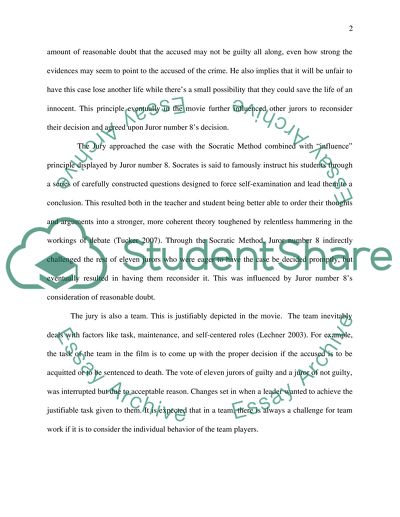Cite this document
(“Twelve Angry Men: Factors in Decision Movie Review”, n.d.)
Retrieved from https://studentshare.org/miscellaneous/1504976-about-the-movie-twelve-angry-man
Retrieved from https://studentshare.org/miscellaneous/1504976-about-the-movie-twelve-angry-man
(Twelve Angry Men: Factors in Decision Movie Review)
https://studentshare.org/miscellaneous/1504976-about-the-movie-twelve-angry-man.
https://studentshare.org/miscellaneous/1504976-about-the-movie-twelve-angry-man.
“Twelve Angry Men: Factors in Decision Movie Review”, n.d. https://studentshare.org/miscellaneous/1504976-about-the-movie-twelve-angry-man.


